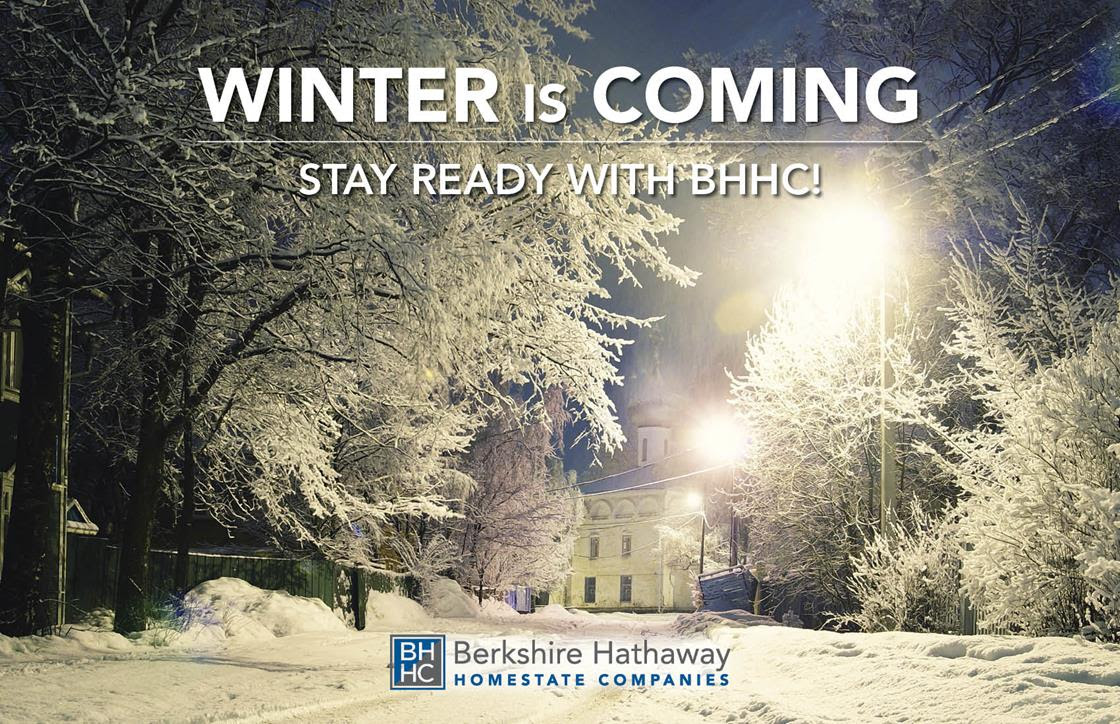December 31, 2014
In 2012, Utah had the fourth-lowest rate of uninsured drivers in the country at 5.8 percent, according data from the Insurance Research Council. Hillyard estimates Utah's rate is now closer to 3 percent, but he said the law is still needed to further crack down on those driving without coverage.
The law gives officers discretion so they're not seizing every car, he said. The law has exceptions if the officer is concerned that seizing the vehicle would be a safety concern to the driver or any occupants or keep the officer from addressing any other public safety matters.
"It gives them more of an incentive to impound the car, but it has a lot of protection in there," Hillyard said. "For example, if it's an unsafe position or if you've got a mom and some little kids there, those kinds of things, it would protect them from doing that."
Law enforcement officers would have to check the person against a state database of uninsured drivers. If the driver insists they have insurance, the officer must make "a reasonable attempt" to verify if the person is covered, such as calling the insurance agency.
To read the full article go to: http://www.ksl.com/index.php?nid=481&sid=32940627
Call Main Street Insurance at 435-674-2221 to get a quote on auto insurance!
